Mastering SharePoint Page Templates: From Creation to Deployment
Unlock efficiency and consistency with reusable templates
In today's fast-paced digital workplace, consistency and efficiency are key to successful content management. As a SharePoint administrator or power user, I've found that one of the most powerful tools at our disposal is the ability to create reusable page templates. These templates not only save valuable time but also ensure brand consistency across your organization's digital presence.
Throughout this guide, I'll share my experience and insights on mastering SharePoint page templates—from understanding the fundamentals to implementing advanced techniques that can transform how your organization creates and manages content.

Whether you're just getting started with SharePoint or looking to optimize your existing template strategy, this comprehensive guide will equip you with the knowledge and techniques to create, manage, and deploy effective page templates across your organization.
Understanding SharePoint Template Fundamentals
Before diving into the creation process, it's essential to understand the different types of templates available in SharePoint and how they function within the ecosystem. In my experience working with various organizations, this foundational knowledge is crucial for making informed decisions about your template strategy.
Site Templates vs. Page Templates
SharePoint offers two primary types of templates that serve different purposes:
- Site Templates: These provide reusable lists, themes, layouts, and custom actions that apply to an entire SharePoint site. As Microsoft's documentation explains, site templates (formerly called "site designs") allow users to quickly build new SharePoint sites with pre-configured features.
- Page Templates: These focus specifically on the layout and content of individual pages within a SharePoint site. They serve as starting points for creating consistent pages with pre-defined web parts and content structures.
Evolution of SharePoint Templates
It's worth noting that Microsoft has evolved its terminology over time. What were once called "site designs" are now referred to as "site templates." This change reflects SharePoint's ongoing development and Microsoft's effort to make the platform more intuitive for users.
flowchart TD
A[Classic SharePoint] -->|Evolution| B[Modern SharePoint]
B --> C[Site Designs]
C -->|Terminology Update| D[Site Templates]
E[Web Part Pages] -->|Evolution| F[Modern Pages]
F --> G[Page Templates]
style A fill:#f5f5f5,stroke:#ddd
style B fill:#ff8000,stroke:#e67300,color:white
style C fill:#f5f5f5,stroke:#ddd
style D fill:#ff8000,stroke:#e67300,color:white
style E fill:#f5f5f5,stroke:#ddd
style F fill:#42A5F5,stroke:#1E88E5,color:white
style G fill:#42A5F5,stroke:#1E88E5,color:white
Key Benefits of Template Usage
In my years of implementing SharePoint solutions, I've seen firsthand how effective templates deliver substantial benefits:
Time Savings
Templates eliminate repetitive setup tasks, allowing content creators to focus on unique content rather than structure.
Brand Consistency
Standardized templates ensure visual and structural consistency across all content, strengthening brand identity.
Reduced Technical Debt
Centralized template management means updates can be applied efficiently, reducing maintenance overhead.
Understanding these fundamentals provides the foundation for creating an effective template strategy. As we move forward, I'll show you how to leverage these concepts to build templates that truly serve your organization's needs. For those looking to explore broader template options beyond SharePoint, Markdown Presentation Templates offer another approach to standardized content creation.
Creating Effective Page Templates in SharePoint
Now that we understand the fundamentals, let's dive into the practical process of creating effective page templates in SharePoint. I've found that a methodical approach yields the best results, especially when considering both technical and user experience aspects.
Step-by-Step Template Creation Process
flowchart TD
A[Start: Identify Template Need] --> B[Create Model Page]
B --> C[Add Web Parts & Content]
C --> D[Test Layout & Functionality]
D --> E{Ready for Template?}
E -->|No| C
E -->|Yes| F[Save as Template]
F --> G[Add Metadata & Description]
G --> H[Publish to Template Gallery]
H --> I[Train Users]
I --> J[Gather Feedback]
J --> K{Refinements Needed?}
K -->|Yes| L[Update Template]
L --> H
K -->|No| M[Monitor Usage]
style A fill:#ff8000,stroke:#e67300,color:white
style F fill:#42A5F5,stroke:#1E88E5,color:white
style H fill:#66BB6A,stroke:#43A047,color:white
Let me walk you through this process in more detail:
- Create a model page: Start by creating a standard SharePoint page that will serve as the foundation for your template. As Microsoft Support documentation explains, you'll want to design this page with all the elements you want in your final template.
- Add web parts and content: Populate your model page with the web parts, layouts, and placeholder content that will be useful for the template's purpose.
- Test thoroughly: Before saving as a template, ensure the page functions correctly across different devices and browsers.
- Save as template: Once satisfied, click the dropdown arrow next to "Save and close" at the top of the page, and select "Save as template."
- Add metadata: Provide a descriptive name, thumbnail image, and detailed description to help users understand when to use this template.
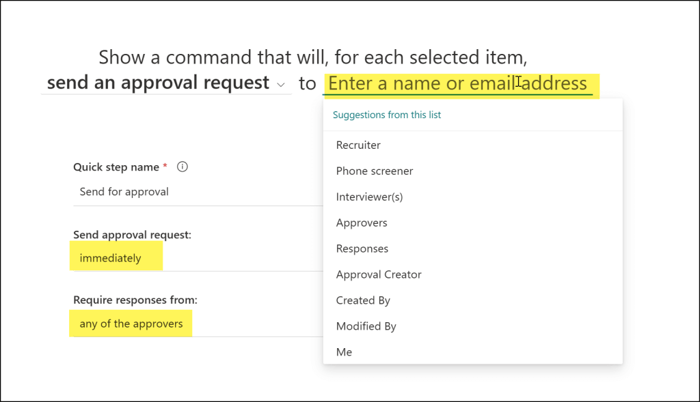
Essential Elements for Flexible Templates
In my experience, the most effective page templates include these key elements:
- Clear content zones: Designate specific areas for different types of content (text, images, media).
- Placeholder text: Include instructional text that guides users on what content to add.
- Consistent header/footer elements: Maintain brand elements that should appear on every page.
- Flexible middle sections: Allow for customization while maintaining overall structure.
- Pre-configured web parts: Set up commonly used web parts with default settings.
Web Part Selection Best Practices
When selecting web parts for your templates, I recommend:
- Prioritize versatility: Choose web parts that serve multiple purposes or can be easily customized.
- Consider performance: Too many complex web parts can slow page loading times.
- Balance structure and flexibility: Provide enough structure to maintain consistency while allowing for customization.
- Test with actual content: Verify that web parts work well with real-world content volumes and types.
Rapid Prototyping with PageOn.ai
Before committing to a template design in SharePoint, I've found it incredibly valuable to prototype the structure first. PageOn.ai's AI Blocks feature allows me to rapidly sketch out different template layouts and visualize how content will flow before implementation.

This approach saves significant time by allowing me to iterate quickly on design concepts before building them out in SharePoint. For those interested in exploring other page building approaches, WordPress page builders and website page builders offer additional perspectives that can inform your SharePoint template design strategy.
Advanced Template Configuration Techniques
Once you've mastered the basics of SharePoint page templates, it's time to explore advanced techniques that can take your templates to the next level. In my work with enterprise clients, I've developed several approaches that enhance template flexibility and functionality.
Implementing Dynamic Content Zones
Dynamic content zones allow template users to add, remove, or rearrange content within predefined areas while maintaining the overall template structure. Here's how I implement them:
flowchart TD
A[Page Template] --> B[Fixed Header Zone]
A --> C[Dynamic Content Zone]
A --> D[Fixed Footer Zone]
C --> E[Section Container]
E --> F[Text Web Part]
E --> G[Image Web Part]
E --> H[+ Add Web Part Button]
C --> I[Section Container]
I --> J[Flexible Layout Options]
J --> K[1-Column]
J --> L[2-Column]
J --> M[3-Column]
style A fill:#ff8000,stroke:#e67300,color:white
style B fill:#f5f5f5,stroke:#ddd
style C fill:#42A5F5,stroke:#1E88E5,color:white
style D fill:#f5f5f5,stroke:#ddd
style E fill:#66BB6A,stroke:#43A047,color:white
- Section containers: Create clearly defined sections that can hold multiple web parts.
- Layout options: Include multiple column layout options within dynamic zones.
- Vertical spacing controls: Add consistent spacing elements to maintain visual harmony.
- Instructional text: Include collapsed guidance that users can reference when adding content.
Conditional Visibility Based on User Roles
One of the more powerful techniques I've implemented is configuring templates with components that display differently based on who's viewing the page:
This approach leverages SharePoint's audience targeting features to create templates that automatically adapt to different user groups. For example, a department template might show additional administrative controls to managers while presenting a simplified view to general staff.
Integrating Data Sources and Connections
Templates become significantly more powerful when they include pre-configured connections to data sources:
Pre-Connected List Web Parts
Configure list web parts with default views and filters that template users can easily modify.
Dynamic Content Connections
Set up connections between web parts so they automatically filter based on selections in other parts.
Embedded Power BI Reports
Include Power BI web parts with pre-configured report connections relevant to the template's purpose.
Form Templates
Embed Microsoft Forms or Power Apps forms with predefined fields and submission workflows.
Leveraging PageOn.ai for Visual Asset Optimization
One challenge with templates is ensuring they have appropriate visual assets. I've found PageOn.ai's Deep Search capability invaluable for this purpose. It helps me identify optimal images, icons, and visual elements for different template zones based on content analysis.
This ensures that even placeholder images in templates are contextually relevant and visually appealing, providing a better starting point for content creators.
Template Versioning and Iteration
Managing template evolution over time is crucial for long-term success. My approach includes:
- Version documentation: Maintain clear documentation of changes between template versions.
- Staged rollouts: Test template updates with a small group before wider deployment.
- Backward compatibility: Ensure new template versions don't break pages created with previous versions.
- Usage analytics: Track which template elements are most used to inform future iterations.
These advanced techniques represent years of experience working with SharePoint templates across different organizations. For those interested in exploring alternatives to SharePoint's built-in capabilities, open source page builders can provide additional ideas and approaches that might be adaptable to your SharePoint environment.
Template Governance and Management
In my experience implementing template systems across large organizations, I've found that governance is just as important as the technical aspects of template creation. Without proper governance, even the best-designed templates can lead to confusion and inconsistency.
Establishing Template Approval Workflows
A structured approval process ensures that all templates meet organizational standards before being made available to users:
flowchart TD
A[Template Creation Request] --> B[Initial Review]
B --> C{Meets Basic Requirements?}
C -->|No| D[Return with Feedback]
D --> A
C -->|Yes| E[Technical Review]
E --> F{Technically Sound?}
F -->|No| G[Technical Adjustments]
G --> E
F -->|Yes| H[Brand/Content Review]
H --> I{Brand Compliant?}
I -->|No| J[Brand Adjustments]
J --> H
I -->|Yes| K[Final Approval]
K --> L[Add to Template Library]
L --> M[Announce to Users]
style A fill:#f5f5f5,stroke:#ddd
style K fill:#66BB6A,stroke:#43A047,color:white
style L fill:#42A5F5,stroke:#1E88E5,color:white
This workflow can be implemented using SharePoint's own approval processes or through Power Automate for more complex scenarios. The key is having designated reviewers for technical, brand, and content aspects of each template.
Creating a Scalable Template Library Structure
As your template collection grows, organization becomes crucial. Here's the structure I've found most effective:
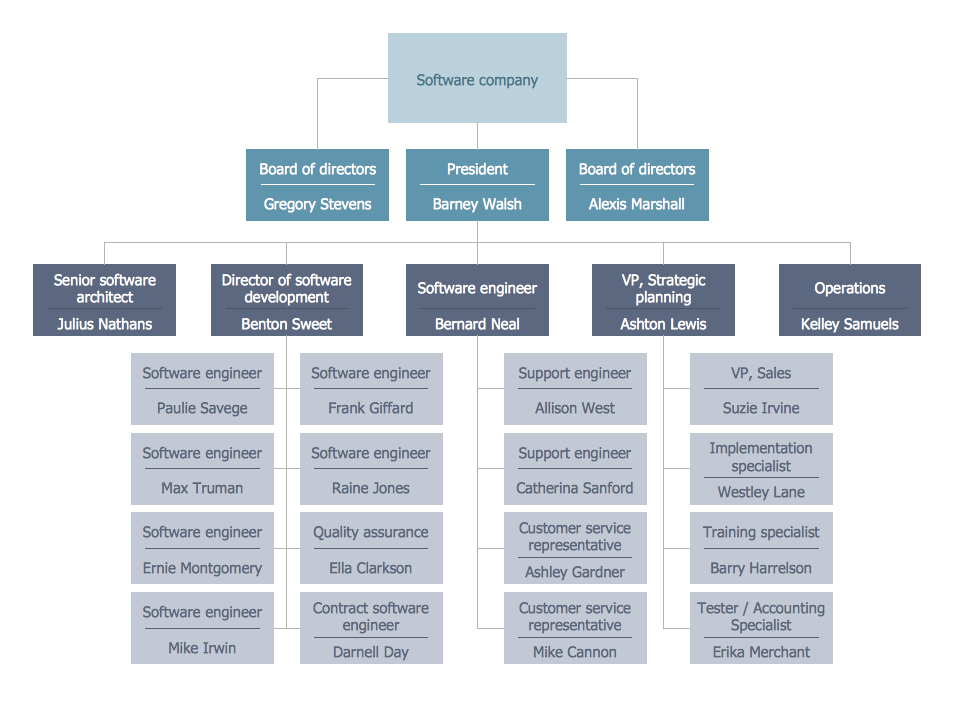
- Primary categorization: Organize templates by department, function, or content type.
- Secondary tagging: Apply multiple tags to templates to enhance discoverability.
- Featured templates: Highlight commonly used or new templates in a featured section.
- Template bundles: Group related templates together for specific projects or campaigns.
Naming Conventions and Metadata
Consistent naming and rich metadata dramatically improve template discovery and usage:
| Metadata Field | Purpose | Example |
|---|---|---|
| Template Name | Clear identification | MKTG-ProductLaunchPage-v2 |
| Department | Organizational ownership | Marketing |
| Purpose | Use case description | Product Launch Announcements |
| Complexity | User skill level required | Intermediate |
| Last Updated | Freshness indicator | 2023-10-15 |
| Tags | Multi-faceted discovery | product, launch, announcement, external |
Template Maintenance Strategies
Keeping templates current requires systematic maintenance:
- Regular review schedule: Establish quarterly or semi-annual reviews of all active templates.
- Usage analytics: Monitor which templates are being used and which might need refreshing.
- Feedback mechanism: Create a simple way for users to report issues or suggest improvements.
- Deprecation process: Have a clear method for retiring outdated templates and migrating content.
Visualizing Template Relationships with PageOn.ai
One of the challenges in template management is understanding how templates relate to each other and where dependencies exist. I've used PageOn.ai's visualization tools to map these relationships, creating clear diagrams that help stakeholders understand the template ecosystem.

These visualizations have proven particularly valuable when planning template updates or considering the impact of SharePoint feature changes. For organizations exploring alternatives to SharePoint's built-in template capabilities, free online page builders may offer complementary approaches that can inform your governance strategy.
Deploying Templates Across Your Organization
Even the best-designed templates won't deliver value unless they're properly deployed and adopted across your organization. In my experience implementing SharePoint templates for various enterprises, I've developed several strategies to ensure successful deployment.
Template Availability Methods
SharePoint offers several ways to make templates available to users:
Based on my implementation experience, here are the pros and cons of each approach:
| Deployment Method | Pros | Cons | Best For |
|---|---|---|---|
| Site-Specific Gallery | Simple setup, targeted to site needs | Limited to single site, requires duplication | Small teams, specialized sites |
| Organization-Wide Hub | Centralized management, high visibility | More complex setup, may include irrelevant templates | Large organizations with strong governance |
| Hub-Associated | Balances central control with departmental needs | Requires hub site architecture | Organizations with well-defined departments |
| Department-Specific | Tailored to department needs, clear ownership | Can lead to inconsistency across departments | Organizations with autonomous departments |
| Project-Based | Highly targeted to project needs | Temporary nature, potential template proliferation | Project-centric organizations |
Training Strategies for Template Adoption
In my experience, effective training is critical for template adoption. Here are the approaches I've found most successful:
flowchart TD
A[Training Strategy] --> B[Initial Awareness]
A --> C[Detailed Training]
A --> D[Ongoing Support]
B --> B1[Announcement Email]
B --> B2[Demo in Team Meeting]
B --> B3[Quick Start Guide]
C --> C1[Hands-on Workshops]
C --> C2[Role-Based Training]
C --> C3[Video Tutorials]
D --> D1[Template Champions]
D --> D2[FAQ Document]
D --> D3[Office Hours]
style A fill:#ff8000,stroke:#e67300,color:white
style B fill:#42A5F5,stroke:#1E88E5,color:white
style C fill:#42A5F5,stroke:#1E88E5,color:white
style D fill:#42A5F5,stroke:#1E88E5,color:white
- Template champions: Identify and train enthusiastic users who can promote and support templates within their teams.
- Role-based training: Create specialized training for different user roles (content creators, approvers, site owners).
- Quick reference guides: Develop visual guides that show when and how to use specific templates.
- Video tutorials: Create short, focused videos demonstrating template selection and customization.
Measuring Template Usage and Effectiveness
To ensure your templates are delivering value, establish metrics to track their usage and impact:
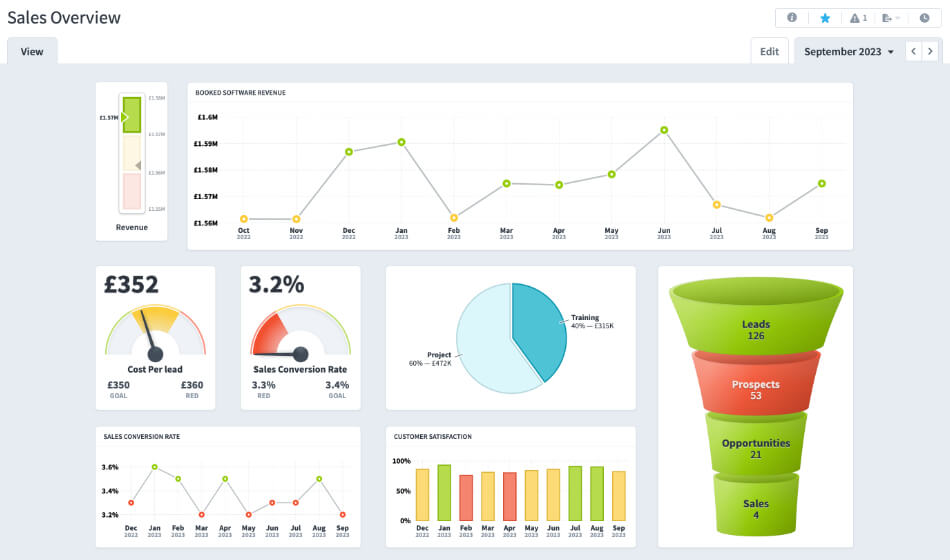
- Adoption rate: Percentage of new pages created using templates vs. blank pages.
- Template popularity: Which templates are used most frequently and by which departments.
- Time savings: Compare page creation time with templates vs. without templates.
- User satisfaction: Regular surveys to gauge template usability and value.
- Template abandonment: Instances where users start with a template but then significantly alter or abandon it.
Creating Visual Guidance with PageOn.ai
One technique I've found particularly effective is using PageOn.ai to create visual decision trees that help users select the right template for their needs. These visuals make the template selection process intuitive and reduce the chance of users choosing inappropriate templates.
Troubleshooting Common Deployment Issues
Based on my implementation experience, here are solutions to common template deployment challenges:
Templates Not Appearing in Gallery
Check permissions settings, verify the template was published (not just saved), and ensure the user has access to the template library.
Web Parts Not Functioning in Template
Verify that users have permissions to access any connected data sources, and check that any custom web parts are properly deployed to the target sites.
Low Template Adoption
Increase awareness through targeted communications, gather feedback on why users aren't using templates, and consider simplifying complex templates.
Template Performance Issues
Review the number and complexity of web parts, optimize any images, and consider breaking very complex templates into multiple simpler options.
Effective deployment is what transforms well-designed templates from theoretical assets into practical tools that deliver real value. By carefully planning your deployment strategy and continuously monitoring adoption, you can ensure your templates achieve their full potential.
Case Studies: Successful Template Implementation
Throughout my career implementing SharePoint solutions, I've seen firsthand how effective template strategies can transform organizational workflows. Let me share some real-world examples that demonstrate the power of well-designed templates.
Marketing Team Campaign Landing Pages
A global marketing team was struggling with inconsistent campaign landing pages that took too long to create. Here's how templates transformed their process:

Challenge:
The marketing team was creating 15-20 campaign landing pages per month. Each page took 3-4 hours to build from scratch, with inconsistent results and frequent brand compliance issues.
Solution:
We developed three campaign template variants (product launch, event promotion, and content offering) with pre-approved brand elements, flexible content zones, and built-in analytics tracking.
Results:
- Page creation time reduced from 3-4 hours to 45 minutes
- 100% brand compliance across all campaign pages
- Standardized analytics implementation improved campaign tracking
- Enabled non-technical team members to create professional landing pages
Knowledge Management System Templates
A professional services firm needed to standardize their knowledge management system while accommodating different document types:
Challenge:
The firm's knowledge base had grown organically, resulting in inconsistent document formats, difficult information discovery, and duplication of content.
Solution:
We created a suite of knowledge document templates with standardized metadata, consistent sections, and integrated taxonomy. Each template included appropriate content blocks based on document type.
Results:
- 75% reduction in document creation time
- Improved search relevance due to consistent structure and metadata
- 42% increase in knowledge base usage
- Streamlined review and approval process
Department-Specific Templates with Brand Consistency
A large healthcare organization needed to balance departmental autonomy with brand consistency:
flowchart TD
A[Master Brand Template] --> B[HR Department Template]
A --> C[Clinical Services Template]
A --> D[Research Department Template]
A --> E[Community Outreach Template]
B --> B1[Job Posting Page]
B --> B2[Policy Document Page]
B --> B3[Training Resource Page]
C --> C1[Service Description Page]
C --> C2[Patient Information Page]
C --> C3[Provider Resource Page]
D --> D1[Study Information Page]
D --> D2[Research Findings Page]
D --> D3[Grant Information Page]
E --> E1[Event Page]
E --> E2[Community Resource Page]
E --> E3[Volunteer Information Page]
style A fill:#ff8000,stroke:#e67300,color:white
style B fill:#42A5F5,stroke:#1E88E5,color:white
style C fill:#42A5F5,stroke:#1E88E5,color:white
style D fill:#42A5F5,stroke:#1E88E5,color:white
style E fill:#42A5F5,stroke:#1E88E5,color:white
Challenge:
Each department had unique content needs, but the organization required consistent branding and navigation. Previous attempts at standardization were too restrictive.
Solution:
We implemented a tiered template approach with a master brand template that defined headers, footers, and navigation, plus department-specific content templates that extended the master template while allowing for specialized content zones.
Results:
- 100% brand compliance across all departments
- 90% adoption rate of templates (up from 35% with previous approach)
- Departments reported higher satisfaction with content creation process
- Simplified governance through centralized brand elements
Using PageOn.ai for Template Specification
A technology company with complex template requirements used PageOn.ai to transform stakeholder needs into clear visual specifications:
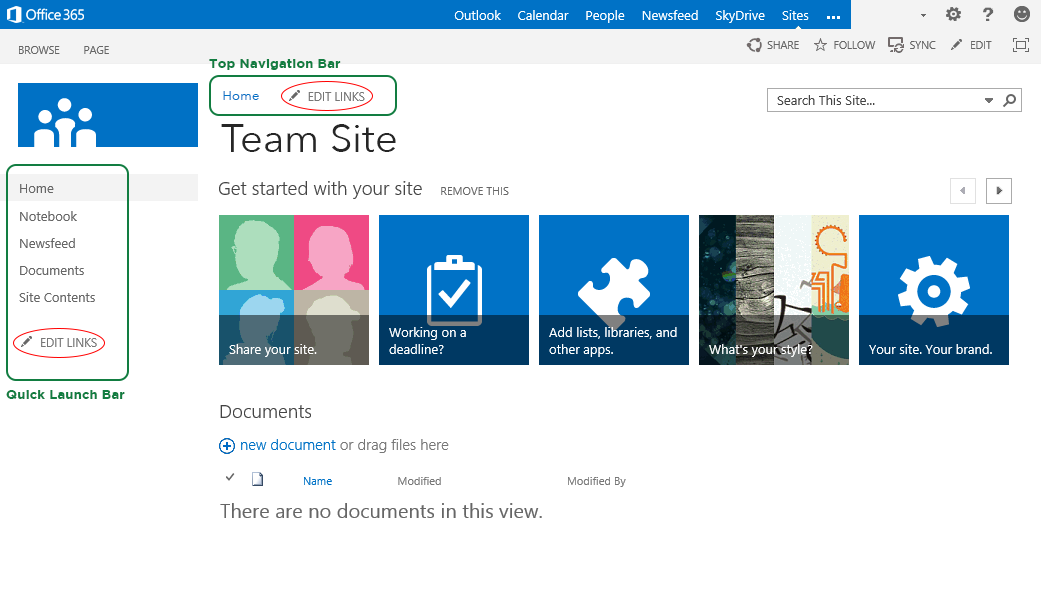
Challenge:
Multiple stakeholders had conflicting requirements for product documentation templates, leading to confusion and delayed implementation.
Solution:
We used PageOn.ai to create visual representations of different template options, allowing stakeholders to see and interact with potential designs before implementation in SharePoint.
Results:
- 50% reduction in template design iteration cycles
- Increased stakeholder satisfaction with final templates
- Clear visual specifications simplified SharePoint implementation
- Visual approach improved cross-department communication
ROI Analysis of Template Implementation
Across multiple implementations, I've gathered data on the return on investment from template initiatives:
These case studies demonstrate that effective template implementation delivers measurable benefits across diverse organizational scenarios. The key to success is tailoring your approach to your specific organizational needs while maintaining focus on user experience and adoption.
Future-Proofing Your Template Strategy
As SharePoint continues to evolve and organizational needs change, it's essential to develop a template strategy that can adapt and grow. In my experience implementing long-term SharePoint solutions, planning for the future is just as important as addressing current needs.
Adapting Templates for Mobile and Multi-Device Experiences
With an increasingly mobile workforce, templates must deliver excellent experiences across all devices:
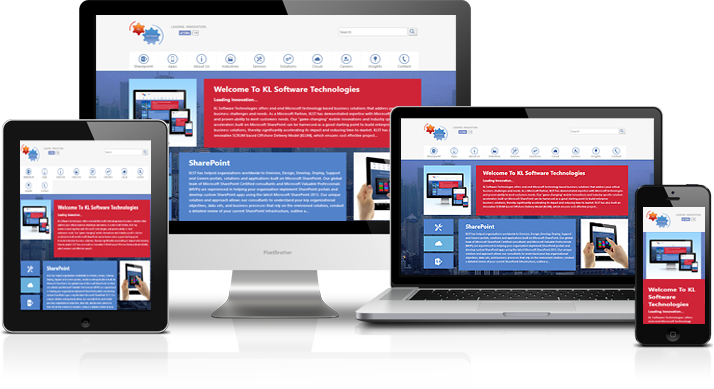
- Mobile-first testing: Test all templates on mobile devices first to ensure core functionality works on smaller screens.
- Progressive enhancement: Design templates to add features and complexity as screen size increases, rather than removing elements for mobile.
- Touch-friendly elements: Ensure all interactive elements are appropriately sized for touch interaction.
- Performance optimization: Mobile users often have bandwidth constraints, so optimize images and minimize web part count for faster loading.
Incorporating Accessibility Standards
Accessibility is no longer optional—it's a fundamental requirement for digital content. Here's how to build it into your templates:
Color Contrast Requirements
Build templates with color combinations that meet WCAG 2.1 AA standards (4.5:1 for normal text, 3:1 for large text).
Heading Structure
Ensure templates enforce proper heading hierarchy (H1 → H2 → H3) for screen reader navigation.
Alt Text Requirements
Include placeholder text and guidance for adding descriptive alt text to images.
Keyboard Navigation
Test and ensure all template interactions can be completed using only a keyboard.
Planning for SharePoint Feature Updates
Microsoft regularly updates SharePoint with new features and capabilities. Here's how to ensure your templates remain compatible:
flowchart TD
A[Microsoft Feature Announcement] --> B[Impact Assessment]
B --> C{Template Impact?}
C -->|No| D[Document for Reference]
C -->|Yes| E[Test in Dev Environment]
E --> F{Problems Found?}
F -->|No| G[Update Documentation]
F -->|Yes| H[Develop Mitigation Plan]
H --> I[Template Updates]
I --> J[User Communication]
J --> K[Staged Rollout]
K --> L[Gather Feedback]
L --> M{Further Adjustments?}
M -->|Yes| I
M -->|No| N[Complete Deployment]
style A fill:#f5f5f5,stroke:#ddd
style C fill:#ff8000,stroke:#e67300,color:white
style F fill:#ff8000,stroke:#e67300,color:white
style M fill:#ff8000,stroke:#e67300,color:white
- Regular testing cycle: Schedule quarterly template reviews in test environments to check for compatibility issues.
- Microsoft 365 roadmap monitoring: Assign someone to track upcoming SharePoint changes that might affect templates.
- Modular design: Build templates with modular components that can be updated individually rather than requiring complete redesigns.
- Version control: Maintain clear version history of templates to track changes and facilitate rollbacks if needed.
Leveraging PageOn.ai for Template Improvements
As AI capabilities advance, tools like PageOn.ai can provide valuable insights for template optimization:
PageOn.ai's agentic capabilities can analyze template usage patterns and suggest improvements based on:
- User interaction patterns: Identifying which template elements are most used or frequently modified.
- Content analysis: Suggesting optimal layouts based on the type of content being added.
- Accessibility scanning: Automatically detecting and suggesting fixes for accessibility issues.
- Performance metrics: Identifying template elements that may be causing page load issues.
Building a Continuous Improvement Feedback Loop
The most future-proof template strategies incorporate systematic feedback and improvement processes:
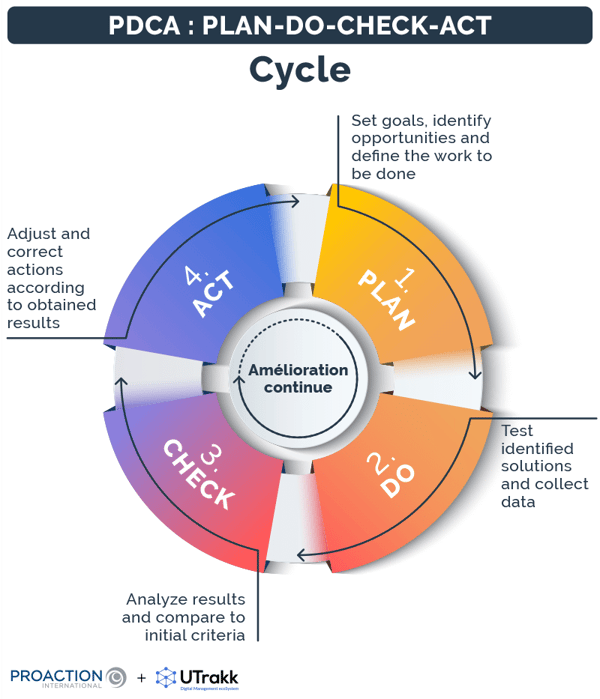
- Automated feedback collection: Add simple rating mechanisms to pages created from templates.
- Usage analytics: Track which templates are used most and which are frequently modified after creation.
- Regular user interviews: Schedule quarterly sessions with key template users to gather qualitative feedback.
- Template governance committee: Establish a cross-functional group to evaluate feedback and prioritize improvements.
By implementing these future-proofing strategies, you'll create a template system that not only meets today's needs but can evolve alongside your organization and SharePoint itself. This proactive approach minimizes disruption and maximizes the long-term value of your template investment.
Transform Your Visual Expressions with PageOn.ai
Ready to take your SharePoint template design to the next level? PageOn.ai provides powerful visualization tools that make template planning, creation, and optimization easier than ever before.
Start Creating with PageOn.ai TodayFinal Thoughts
Creating reusable page templates in SharePoint is a powerful way to enhance productivity, maintain brand consistency, and improve the overall user experience across your organization. Throughout this guide, we've explored the entire template lifecycle—from understanding the fundamentals to creating effective templates, implementing advanced configurations, establishing governance, deploying across your organization, and future-proofing your strategy.
I've seen firsthand how well-implemented templates can transform content creation workflows and deliver significant ROI through time savings, error reduction, and improved user satisfaction. The key to success lies in balancing structure with flexibility, ensuring templates guide users while still allowing for creativity and customization.
As you embark on your own template journey, remember that it's an iterative process. Start small, gather feedback, and continuously refine your approach. And when you need to visualize complex template structures or create clear documentation for your users, tools like PageOn.ai can be invaluable allies in transforming your vision into reality.
You Might Also Like
Pop Mart's Global Expansion Strategy: From Chinese Toy Brand to Worldwide Phenomenon
Explore Pop Mart's strategic international expansion from China to global markets through Southeast Asia, North America, and Europe with data-driven insights on their multi-channel approach.
Pop Mart's Global Expansion: Crafting a Collectible Empire Through Strategic Visualization
Explore Pop Mart's international toy market strategy, from IP-driven business models to visual storytelling. Learn how this collectible empire achieved 375% overseas revenue growth across 100 countries.
The Psychology of Mystery Box Collecting: Unveiling the Allure from Anticipation to Addiction
Explore the fascinating psychology behind mystery box collecting, from dopamine-triggering variable rewards to social dynamics and the fine line between hobby and compulsion.
Labubu's Global Journey: From Chinese Designer Toy to Worldwide Visual Phenomenon
Explore how Labubu, the quirky Chinese designer toy, captivated global markets through strategic visual storytelling and created an international cultural phenomenon.
